For this post in the Blast from the Past series, we wanted to talk about the founding father of the modern Eppley Institute: Dr. Garret Eppley whose life’s work and generous donation, as well as the history of the National Center on Accessibility, and how that’s led to our current place in the world.
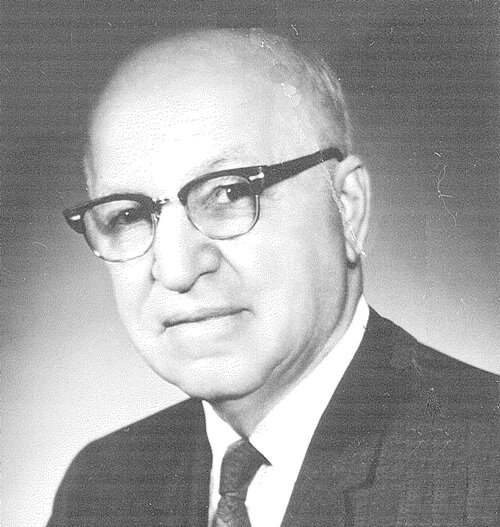
The Eppley Institute for Parks and Public Lands was ignited by the work of our namesake, Dr. Garrett Eppley, who was born in Wabash, Indiana in 1898. His education started with a degree in history with the intent to teach in school settings – a path that would eventually lead to the work he was passionate about. From his various educational positions, he became the youngest member of the Indiana High School Athletic Association, worked on his Master’s in political science at the University of Chicago, and in the summer of 1923, attended a course by the National Recreation Association’s School for Recreation in that same city.
Upon attending this course, his future was locked in; as a director of municipal recreation in various positions, from city positions in East Chicago and Evansville, to state and national programs such as the Indiana State Emergency Relief, National Parks Service, and United States Organization programs for the troops during WWII. In these positions he gained practical experience that would allow him to be in a position to develop the recreation and park administration program at Indiana University. In this process, he saw a gap: there was a need to help develop professional practice in the field of parks and recreation, and a need for scholarship on the subject. Most importantly, there needed to be ways to help get the scholarship into the hands of professional staff in ways that met their needs.
Dr. Eppley’s work included founding the Great Lakes Park Training Institute, a gathering of park and recreation staff across the Great Lakes region at Pokagon State Park which continues to this day, as well as Indiana University’s Bradford Woods, which is a leader in providing inclusive recreational opportunities in the state of Indiana. However, it is also a generous bequest of his that led to the Eppley Institute for Parks and Public Lands. Dr. Eppley noted the need for an organization which could help bridge the gap between park organizations and the scholarship done at Indiana University and beyond. Dr. Eppley believed that the primary goal of a university should be service, and that is how the Institute came about.
Eppley Institute’s work – through ProValens online learning, in-person training, park planning, research, and belief in accessibility and our continuation of the Great Lakes Park Training Institute, we helped push Dr. Eppley’s vision forward. Eppley uses practical experiences, as well as research expertise to help bridge the gap between academia and the field. We undergo a number of public service projects (such as many with the Center for Rural Engagement here at IU) to help small towns have access to funding for their parks and public lands on top of the work we contract out to organizations as broad as local parks across the country, state park systems, professional organizations, and Federal entities, all of which seeks to help provide the best possible work and information to these organizations so they can better serve the public.
While the Eppley Institute for Parks and Public Lands as an organization began and has a core focus on serving park and recreation professionals, another central part of our current mission can be traced to another noble goal: removing barriers in parks. In 2015, the Eppley Institute for Parks and Public Lands saw the importance of public access and acquired the National Center for Accessibility. Later, when the Eppley Institute would need a new home at IU, this would be one of the primary reasons that we would join the Indiana Institute on Disability and Community. However, the National Center on Accessibility itself also benefits greatly from the work of Dr. Eppley.
As mentioned, Dr. Eppley’s work included the founding of Bradford Woods. Given his work, and how that translated to the excellence of his recreation and park administration program, it was no surprise when the National Park Service, which had previously worked with Dr. Eppley, began a partnership called “Project Access” in 1989. For students of history, you might know what happened two years later: the Americans with Disabilities Act (ADA), which was passed in 1991. While the National Parks Service as an organization was beholden to federal accessibility laws, including Section 504 of the Rehabilitation Act and the Architectural Barriers Act, they lacked the technical knowledge to implement them. The ADA, as a law, publicized accessibility, and namely the idea that all spaces should be inclusive for people with disabilities, and the National Center on Accessibility was formed in 1992, as a cooperative agreement with Bradford Woods and the National Park Service.
It soon became clear that NCA, previously housed at the 25 acre Bradford Woods site, would need to grow into its own organization. It had benefited greatly from the work of Bradford Woods, yet the needs of the research and practice that NCA worked on were clearly better served at the Indiana University Campus, in the School of Public Health’s Recreation and Park Administration Program as its own center. NCA prospered: not only did they assist the National Park Service with creating accessible environments, but NCA also led – and continues to lead – field-leading research, including the background for the ADA standards that guide how to design pools to be inclusive. Recognized throughout the field – and sought after by organizations from local parks to nationally recognized museums – NCA has had a long impact on outdoor spaces.
With all of this in mind, the current position of the Eppley Institute for Parks and Public Lands is a bit of a no-brainer. Both Eppley and the National Center on Accessibility come from the legacy of Dr. Garrett Eppley, both directly through his actions, but also through his philosophies of service to the community. As a part of the Indiana Institute on Disability and Community, we are able to truly continue to help support Dr. Eppley’s dream and goal: no matter who you are or how you experience the world, can enjoy high quality recreation activities.
And, with the coming “Blast from the Past” blog posts, we hope to share some of the specific projects that got us to this point – some of which have been mentioned here, but many of which have not. And, much as the legacy of Dr. Garrett Eppley has helped shape our organization’s future and goals, we will highlight a few ongoing and future projects that have been shaped by our organization’s past, and show that 30 years in, the Eppley Institute for Parks and Public Lands is continuing to push the field of parks and recreation forward.
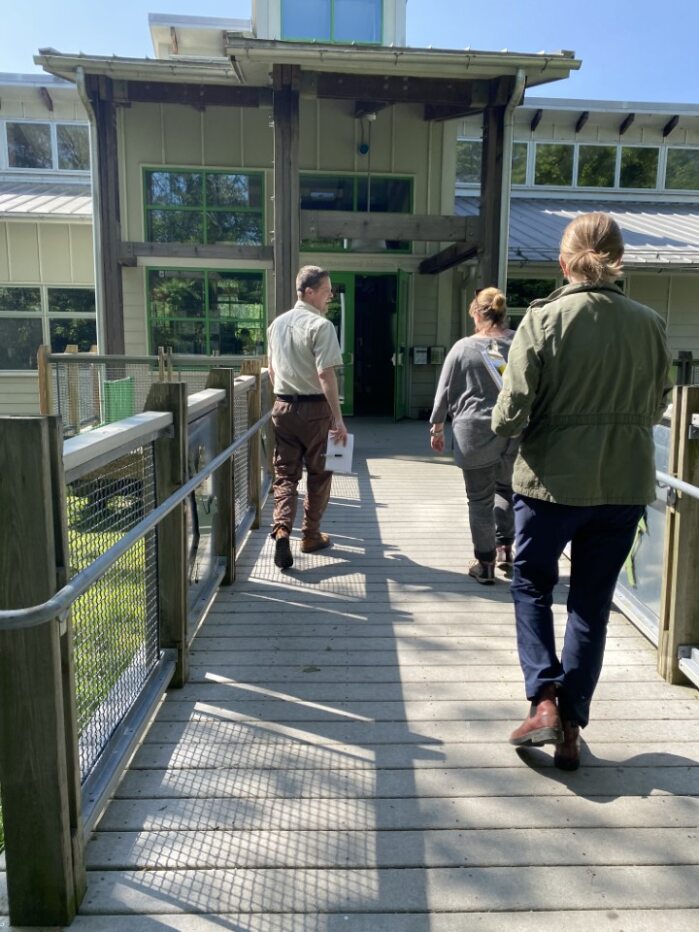
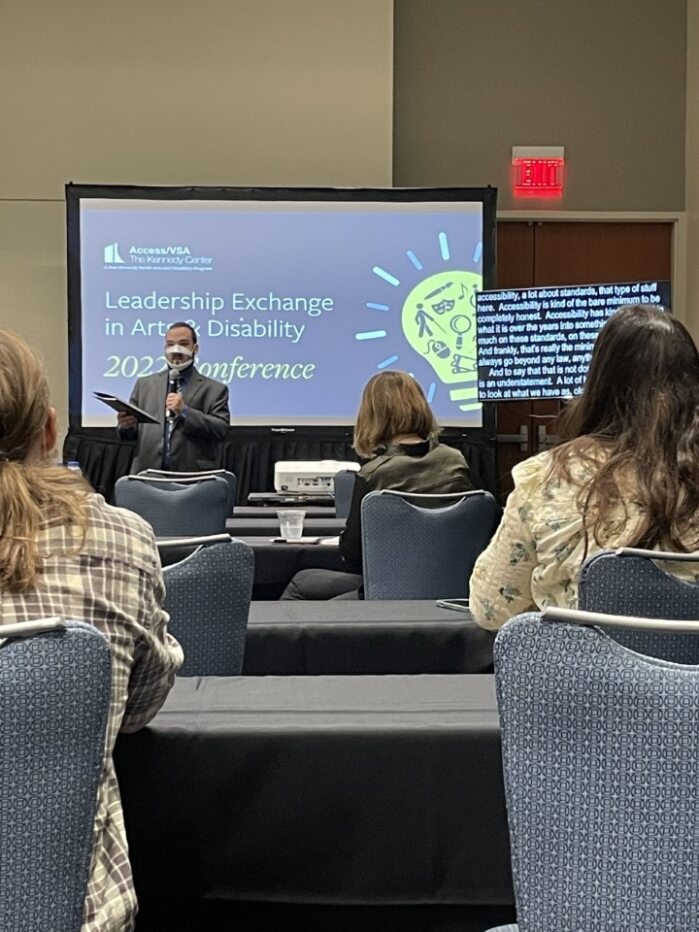
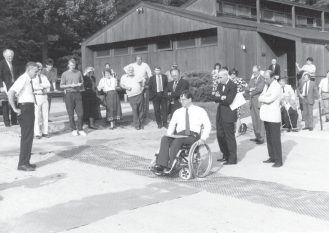
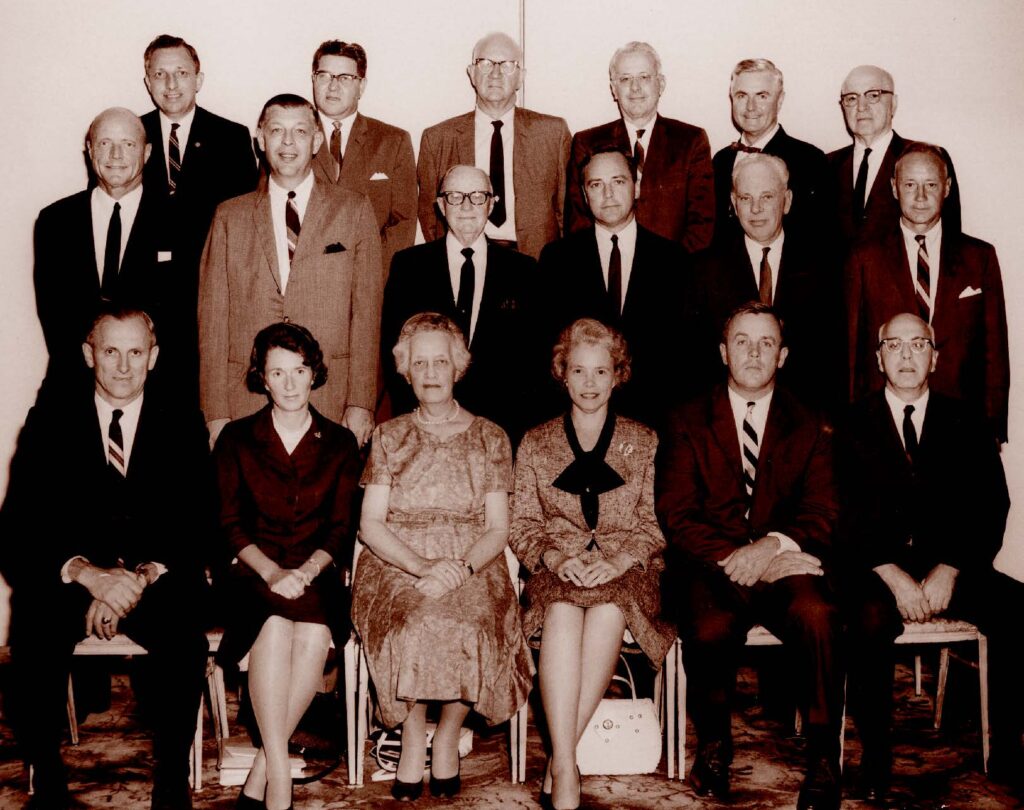
Mrs. Virginia Wiltbank, Endicott P. Davison, Sal J. Prezioso; Second Row–Courtney Burton, Robert W. Ruhe,
J. Austin Smith, James H. Evans, James J. Curtis,Wilburn Stone James; Back Row– James S. Stevens Jr.,
Stewart G. Case, Conrad L. Wirth, William Penn Mott Jr., William Frederickson, Jr., and Dr. Garrett G. Eppley.
National Recreation and Park Association Archives